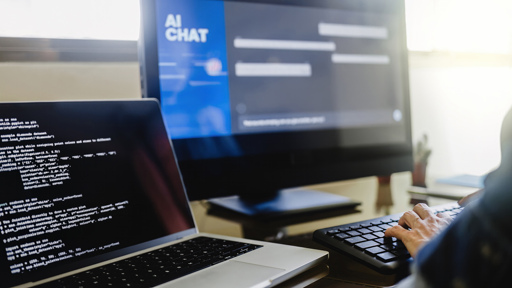

Almost all video game genres are overwhelmingly dominated by closed-source, commercial software. FOSS generally isn’t competitive there.
I’d give FOSS the upper hand in traditional roguelikes and playing card solitaire implementations, maybe. Maybe chess AIs. Purely-text interactive fiction of the stuff that one might find on The Interactive Fiction Archive isn’t mostly FOSS, but is frequently non-commercial.
That’s a pretty small portion of what game stuff is out there.
But, yeah, for most non-game stuff, I’d agree; I’d rather use the FOSS options.














https://en.wikipedia.org/wiki/List_of_nightclub_fires